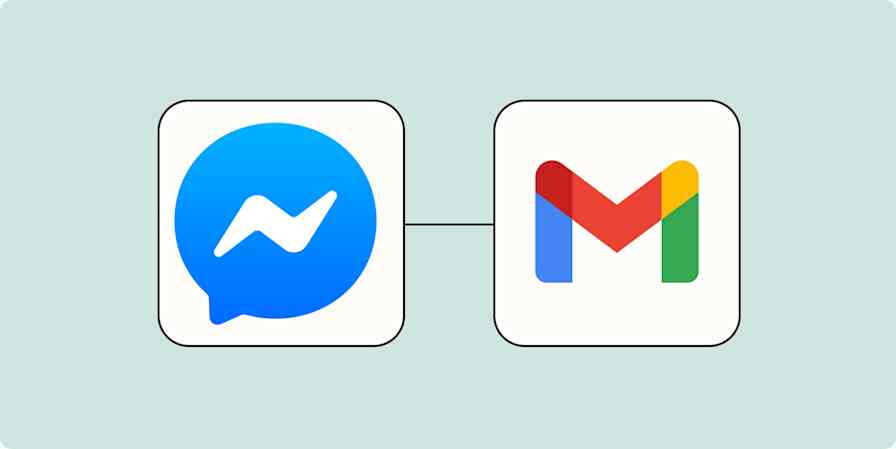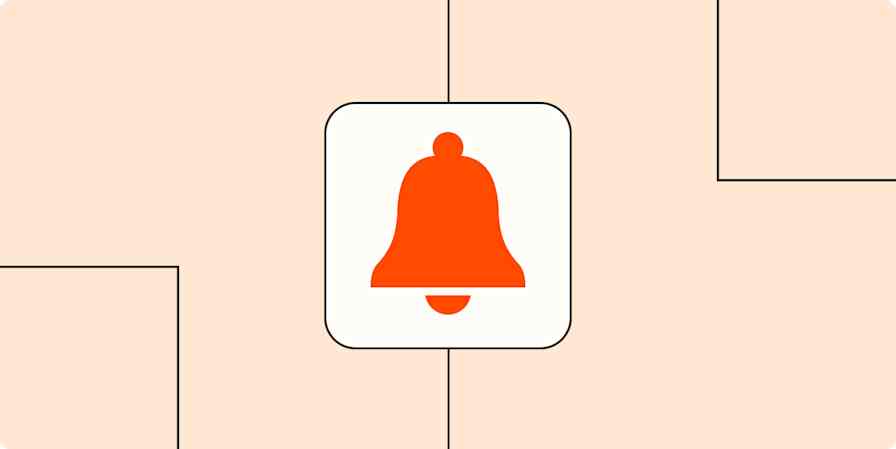Automation inspiration
6 min readMost notifications are useless: Use automation to get what you need where you need it
By Krystina Martinez · December 29, 2020

Get productivity tips delivered straight to your inbox
We’ll email you 1-3 times per week—and never share your information.
Related articles
Improve your productivity automatically. Use Zapier to get your apps working together.








